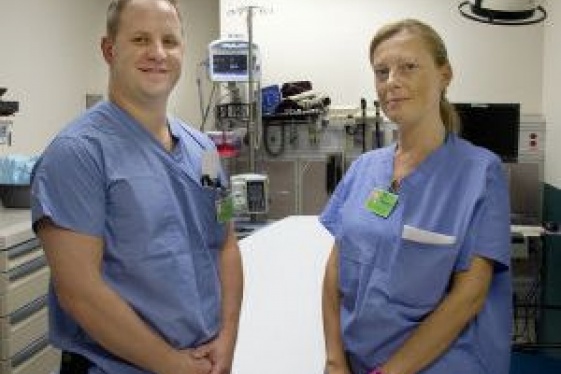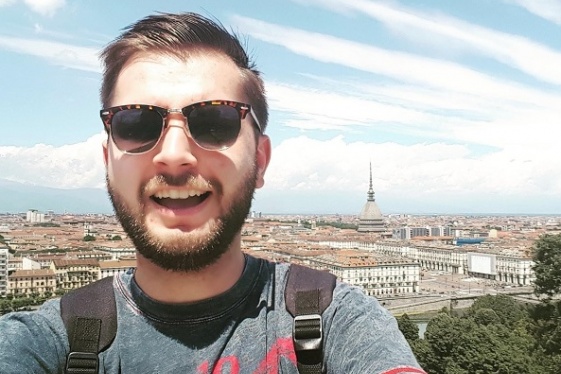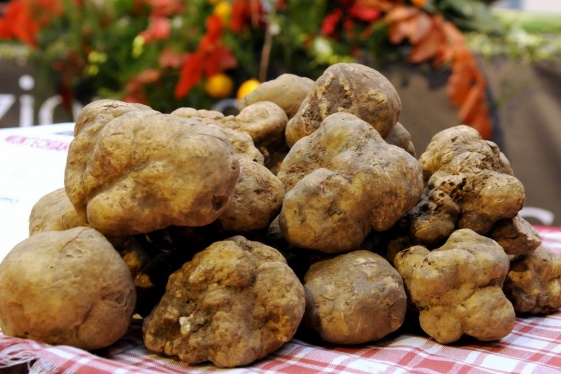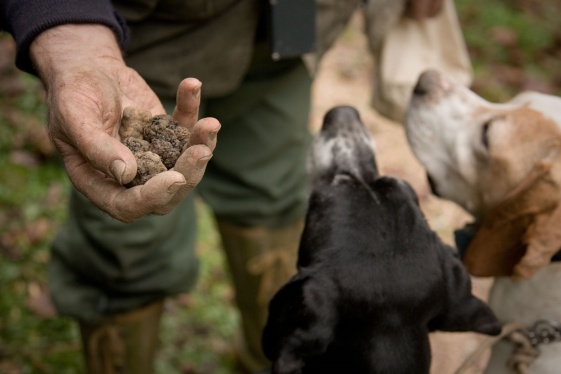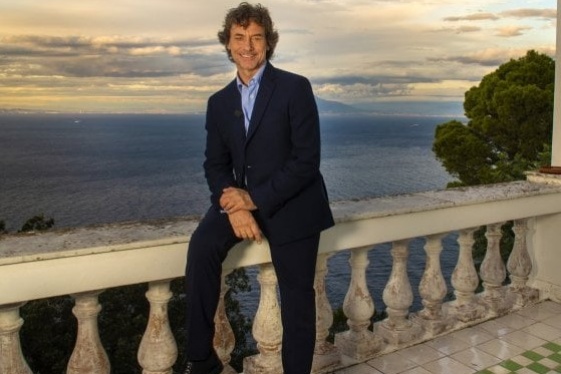

When in the city of Turin, what immediately strikes the eye are its surroundings, with imposing Alpine peaks that encircle its skyline. The Piedmontese Capital presents itself as a city with a singular charm: emperors traversed it, kingdoms arose in it, and it was thus that power left its indelible marks on it. Turin today is a metropolis that regards its past by looking toward the future, with the ambition of a city that, as a tiny village in the Region of Piedmont, became the capital of both a realm and a nation, only to later become a capital of cars and cinema.
The flavor of Turin is modern-day moderation meets leftover luxury from its 18th-Century heyday. It carries an aspect of youth and vitality, given its numerous locales – from bars to wineries – proliferating in all points, beginning with its center, Piazza Castello.
The palazzi that made history for this sub-Alpine capital are the city’s shining glories; this is not only the heart of the Kingdom of Savoy, but the theatre of Italy’s Unification. Not to mention the residence for the kings and nobles of a certain epoch. Again, we begin with Piazza Castello, then Palazzo Reale, Palazzo Carignano and Palazzo Madama. An ideal itinerary in the city of Turin will be sure to take in the corona di delizie or “crown of delights,” the sumptuous abodes that circle the city, used at one time as hunting lodges or summer residences – the first of these is the Reggia di Venaria Reale, or Royal Palace of Venaria.
Not to be outdone are the religious buildings of the city: the Basilica di Superga, the Gran Madre (Holy Mother Church), the Duomo, the Church of the Consolata, and the neighborhood of La Crocetta tell the history of Turin and stand as the best examplars of the master architects that passed through this Capital (i.e. Juvarra and Guarini). Inside the Duomo, the Holy Shroud (also known as the Shroud of Turin) is conserved, underneath Guarini’s eccentric dome. Destroyed in a fire in 1997, today the dome has been entirely restored.
Thanks to its inheritance of the estate of the Royal House of Savoy, Turin holds countless precious assets – arms, jewels, tapestries, decor and furnishings. At the Biblioteca Reale, that is the Royal Library, rests a Leonardo da Vinci self-portrait – one of the most famous drawings in the world. The noted Collegio dei Nobili, meanwhile, is the seat of the Museum of Egyptian Antiquities, with a collection of more than 5,000 finds, the largest outside of the National Museum of Egypt in Cairo.
Not to miss is also the Gallery of Modern Art and the Rivoli Castle. Then, the Museum of Cinema, inside the icon of Turin, the Mole Antonelliana, is a space-age set that symbolizes this city’s fine balance between the traditional and the progressive.
Turin is furthermore known as the city of film and cinemas. The city was the first metropolis to see the birth of moving images, in 1914, with Giovanni Pastrone’s Cabiria (a silent film, with subtitle text by Gabriele D’Annunzio). Today Turin hosts the highest number of movie theaters per capita. Not only, but the city’s theatre scene is ample enough that it satisfies the entire range of tastes. Underneath the Mole's needle, productions, companies, and structures proliferate – such as the colossal Teatro Stabile, which stands next to the highly-reputed Teatro Regio, dedicated to opera, music and dance.
You may be interested
-
'Fantastic' exchange thrills Italian doctor,...
Two doctors on opposite sides of the Atlantic Ocean have set up their own international ex...
-
'Italians always make you feel welcome - acco...
The Italian language has had more of an impact on me than anything else in my life so far....
-
'The Soul of Barolo' Wins Wine Spectator’s 20...
On a summer trip to Piedmont in Italy, Seattle-based filmmaker Will Miceli fell in love wi...
-
'Truffle tourism' worth 63 million euros in I...
Truffle fairs and truffle hunting tours have attracted some 120,000 visitors to Italy this...
-
‘Leave our granny alone!’ Family of 97-year-o...
Paolina Grassi, 97, is the sole inhabitant of an abandoned Alpine hamlet in northern Italy...
-
‘Music and the Cities’ podcast
"When the silence in the streets may seem deafening, music continues to dictate trends and...
-
‘The Mozart of fungi’: For ages, truffle hunt...
The prized Italian white truffle continues to shatter records. This precious fungus—nickna...
-
"Meraviglie - la penisola dei tesori": su RAI...
Al via la terza edizione di "Meraviglie - La penisola dei tesori", il seguitissimo program...



